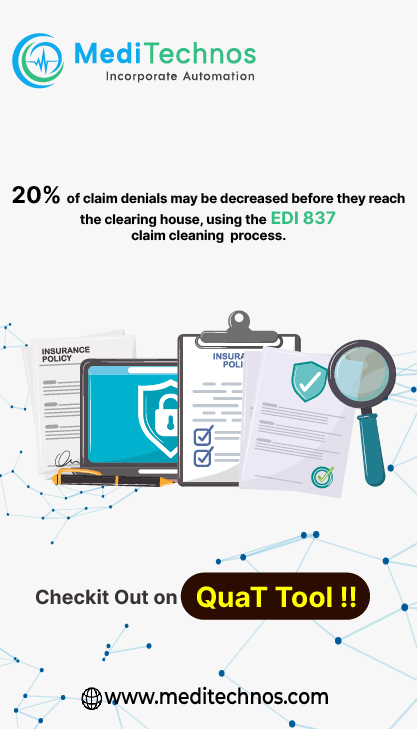Dual Eligibles – The following describes the various categories of individuals who, collectively, are known as dual eligibles. Medicare has two basic coverages: Part A, which pays for hospitalization costs; and Part B, which pays for physician services, lab and x-ray services, durable medical equipment, and outpatient and other services. Dual eligibles are individuals who are entitled to Medicare Part A and/or
Part B and are eligible for some form of Medicaid benefit.
1. Qualified Medicare Beneficiaries (QMBs) without other Medicaid (QMB Only) – These individuals are entitled to Medicare Part A, have income of 100% Federal poverty level (FPL) or less and resources that do not exceed twice the limit for SSI eligibility, and are not otherwise eligible for full Medicaid. Medicaid pays their Medicare Part A premiums, if any, Medicare Part B premiums, and, to the extent consistent with the Medicaid State plan, Medicare deductibles and coinsurance for Medicare services provided by Medicare providers. Federal financial participation (FFP) equals the Federal medical assistance percentage (FMAP).
2. QMBs with full Medicaid (QMB Plus) – These individuals are entitled to Medicare Part A, have income of 100% FPL or less and resources that do not exceed twice the limit for SSI eligibility, and are eligible for full Medicaid benefits. Medicaid pays their Medicare Part A premiums, if any, Medicare Part B premiums, and, to the extent consistent with the Medicaid State plan, Medicare deductibles and
coinsurance, and provides full Medicaid benefits. FFP equals FMAP.
3. Specified Low-Income Medicare Beneficiaries (SLMBs) without other Medicaid (SLMB Only) – These individuals are entitled to Medicare Part A, have income of greater than 100% FPL, but less than 120% FPL and resources that do not exceed twice the limit for SSI eligibility, and are not otherwise eligible for Medicaid.
Medicaid pays their Medicare Part B premiums only. FFP equals FMAP.
4. SLMBs with full Medicaid (SLMB Plus) – These individuals are entitled to Medicare Part A, have income of greater than 100% FPL, but less than 120% FPL and resources that do not in exceed twice the limit for SSI eligibility, and are eligible for full Medicaid benefits. Medicaid pays their Medicare Part B premiums and provides full Medicaid benefits. FFP equals FMAP.
5. Qualified Disabled and Working Individuals (QDWIs) – These individuals lost their Medicare Part A benefits due to their return to work. They are eligible to purchase Medicare Part A benefits, have income of 200% FPL or less and resources that do not exceed twice the limit for SSI eligibility, and are not otherwise eligible for Medicaid. Medicaid pays the Medicare Part A premiums only. FFP equals FMAP.
6. Qualifying Individuals (1) (QI-1s) – This group is effective 1/1/98 – 12/31/02. There is an annual cap on the amount of money available, which may limit the number of individuals in the group. These individuals are entitled to Medicare Part A, have income of at least 120% FPL, but less than 135% FPL, resources that do not exceed twice the limit for SSI eligibility, and are not otherwise eligible for Medicaid.
Medicaid pays their Medicare Part B premiums only. FFP equals FMAP at 100%.
7. Qualifying Individuals (2) (QI-2s) – This group is effective 1/1/98 – 12/31/02. There is an annual cap on the amount of money available, which may limit the number of individuals in the group. These individuals are entitled to Medicare Part A, have income of at least 135% FPL, but less than 175% FPL, resources that do not exceed twice the limit for SSI eligibility, and are not otherwise eligible for Medicaid. Medicaid pays only a portion of their part B premiums ($2.23 in 1999). FFP equals FMAP at 100%.
8. Medicaid Only Dual Eligibles (Non QMB, SLMB, QDWI, QI-1, or QI-2) – These individuals are entitled to Medicare Part A and/or Part B and are eligible for full Medicaid benefits. They are not eligible for Medicaid as a QMB, SLMB, QDWI, QI-1, or QI-2. Typically, these individuals need to spend down to qualify for Medicaid or fall into a Medicaid eligibility poverty group that exceeds the limits listed above. Medicaid provides full Medicaid benefits and pays for Medicaid services provided by Medicaid
providers, but Medicaid will only pay for services also covered by Medicare if the Medicaid payment rate is higher than the amount paid by Medicare, and, within this limit, will only pay to the extent necessary to pay the beneficiary’s Medicare costsharing liability. Payment by Medicaid of Medicare Part B premiums is a State option; however, States may not receive FFP for Medicaid services also covered by Medicare
Part B for certain individuals who could have been covered under Medicare Part B had they been enrolled. FFP equals FMAP.

